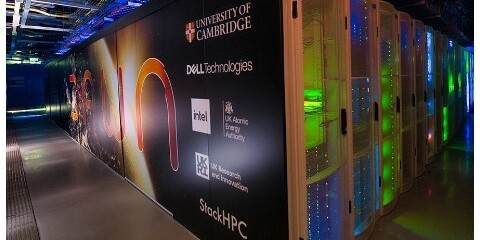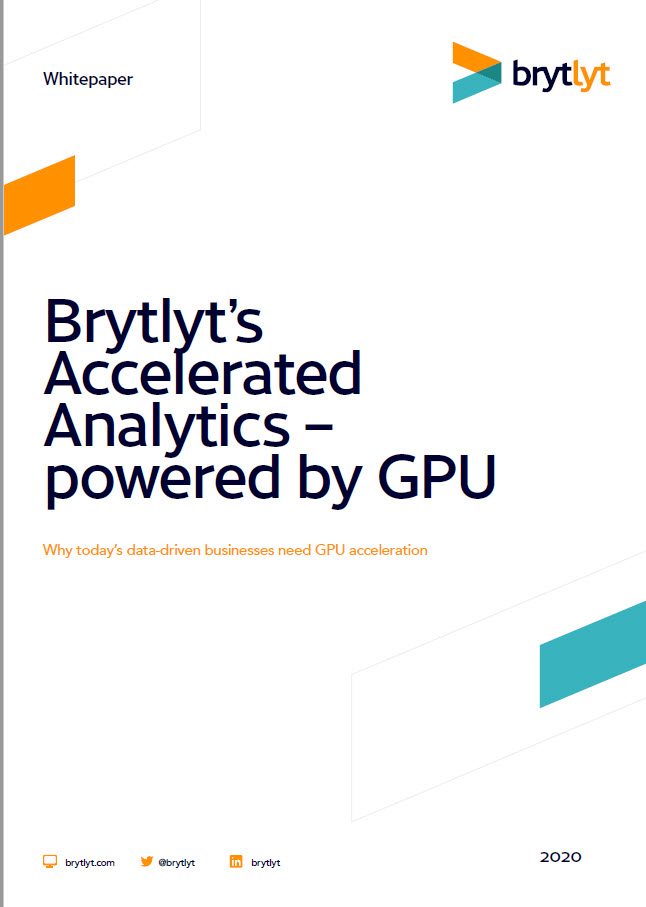The UK’s most powerful AI supercomputer, an Intel-Dell system called Dawn (Phase 1, pictured here), is up and running at a University of Cambridge data center.
The system is powered by more than 1,000 Intel Data Center GPU Max Series chips and more than 500 Intel Xeon CPUs. It also includes a cloud-based Scientific OpenStack software layer that combines AI, simulation and data analytics, along with Intel’s oneAPI programming technology, for researchers to work across CPUs and GPUs, according to the university.
Dawn was installed by the university’s high-performance computing division, Research Computing Services. The supercomputer is the result of a co-design partnership between the Cambridge Open Zettascale Lab, which is a collaboration between the university, Pembroke College, Intel and Dell Technologies whose intent is to make exascale computing practical while facilitating innovation in emerging zettascale technologies. The lab is directed by Dr. Paul Calleja and supported in part by the UK Atomic Energy Authority (UKAEA) and UK Research & Innovation.
Dawn is now being deployed for use by scientists within Cambridge and across the UK in research fields such as clean energy, personalized medicine and climate studies. Dawn Phase 1 and the already announced Isambard AI supercomputer at the University of Bristol will join to form the AI Research Resource (AIRR), a UK national facility to help researchers maximize the potential of AI and support critical work into the potential and safe use of the technology.
Dr. Paul Calleja, Director of Research Computing Services at the University of Cambridge, said: “Dawn Phase 1 represents a huge step forward in AI and simulation capability for the UK, deployed and ready to use now.”
A second phase of the Dawn project may be on the way.

“The Phase 1 system plays an important role within a larger context, where this co-design activity is hoped to continue, aiming to deliver a Phase 2 supercomputer in 2024 which will boast 10 times the level of performance,” Dr. Calleja said. “If taken forward, Dawn Phase 2 would significantly boost the UK AI capability and continue this successful industry partnership.”
A goal of the AIRR program is to enable Dawn and Isambard to work together in a coordinated, large-scale way. Together, Dawn and Isambard will become what is rapidly being referred to as a “superfacility,” the university said.
Among the research projects underway for Dawn users: fusion energy. Dawn will be used to build up complex simulations – digital twins – that model fusion behaviour and plant machinery, using data gathered over the next two decades.
“The ultimate prize will be ‘bottling a star’ – harnessing fusion energy here on Earth, and shifting the needle towards a carbon-free world,” said Dr. Rob Akers, Director of Computing Programmes, UK Atomic Energy Authority. UKAEA scientists and engineers are using Dawn to design the UK’s prototype fusion energy power plant, paving the way for accelerating the use of fusion energy in the UK. “…to meet the demanding timeline to deliver these power plants for the Net Zero era, we must design the plant ‘in silico’, that is in the virtual world, using supercomputing and AI,” he said.
This will help to deliver UKAEA’s program to design and build its prototype fusion energy plant, STEP (Spherical Tokamak for Energy Production), at West Burton in Nottinghamshire.




